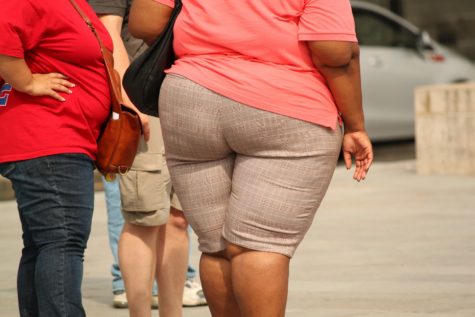BALTIMORE — As the obesity epidemic continues to grow at an alarming rate in the United States, a new study sheds light on just how lazy Americans are becoming. Research from Johns Hopkins University shows that physical activity among the country’s youth is notably lower than previously thought, with older teens found to be as sedentary as 60-year-olds.
Researchers examined data from 12,529 people who took part in a federal study, the National Health and Nutrition Examination Survey (NHANES), in 2003-2004 and 2005-2006. The NHANES has individuals — children and adults — take part in physical examinations and interviews to assess their health and nutrition levels. Participants, who were monitored by age group (as young as six and old as 84), wore devices that tracked their physical activity at all times during an entire week, except for when they slept and bathed.

For their analysis, the team split the study’s individuals into five age brackets: children aged 6 to 11; adolescents aged 12 to 19; young adults aged 20 to 29; mid-aged adults aged 30 to 59; and older adults aged 60 to 84.
The results were particularly surprising when it came to some of the youngest participants. While the World Health Organization recommends at least an hour of “moderate-to-vigorous” physical activity a day for kids five to 17, a significant number of children failed to meet this standard. That proved the case for more than half of boys between the ages of 12 and 19 and three-quarters of girls in the same age group.
“Activity levels at the end of adolescence were alarmingly low, and by age 19, they were comparable to 60-year-olds,” says the study’s senior author, Vadim Zipunnikov, an assistant professor in the school’s Department of Biostatistics, in a press release.
Even children in younger age groups struggled to record the suggested level of physical activity. More than a quarter of boys and half of girls ages six to 11 also failed to meet the WHO guidelines.
“For school-age children, the primary window for activity was the afternoon between two and six P.M. So the big question is how do we modify daily schedules, in schools for example, to be more conducive to increasing physical activity?” asks Zipunnikov.
Meanwhile, the only age group that actually showed improvement when it came physical activity was participants in their 20s, before falling again in mid-30s. The researchers believed the uptick tied into participants beginning full-time jobs post-college among other major and professional changes. Such life events resulted in 20-somethings enjoying more time at the gym in the mornings.
The authors also determined that physical activity showed a consistent drop for those 35 years and older. Those levels continued to decrease as participates got older. Once midlife hit, men showed a dramatic drop-off in physical activity than females, though men were still typically more active than women. After age 60 though, the trend switched.
The researchers say that too often people are focusing on trying to squeeze in more rigorous activity, while paying less mind to improving activities not as intense, or simply not taking steps to be less sedentary. They hope their findings on time of day when it came to physical activity will help encourage more programs for adults and more attention to the matter during school hours.
The study’s findings were published online June 1 in the journal Preventive Medicine.

Comments
Comments are closed.